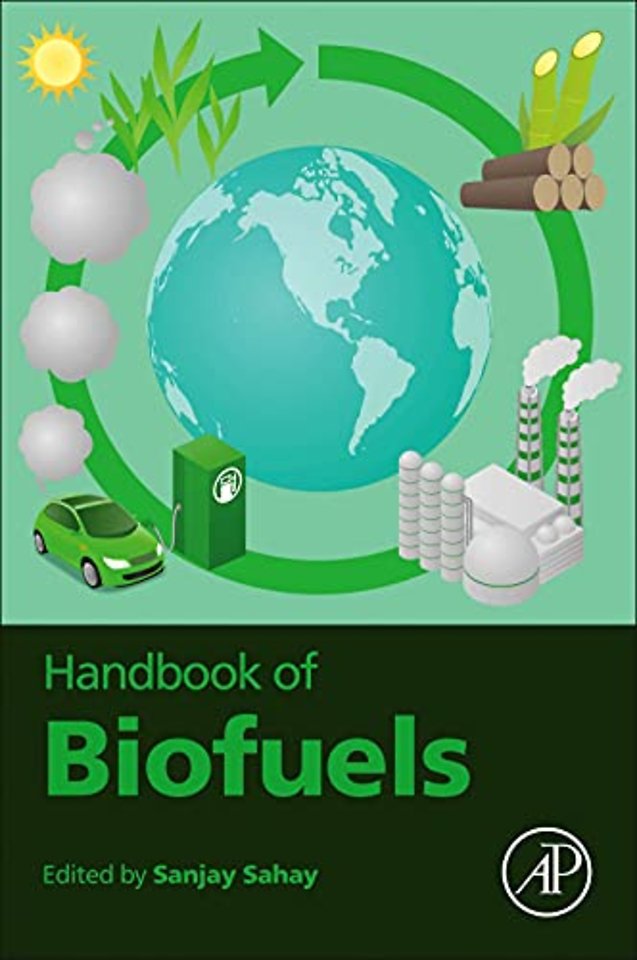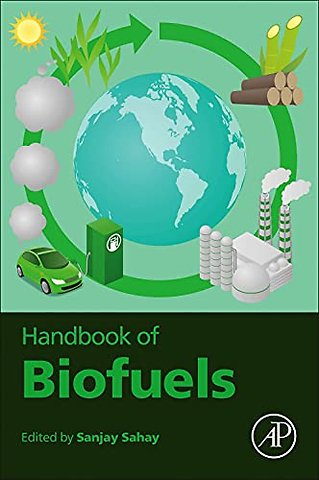A. Introduction<br>1. An economic analysis of biofuels: policies, trade, and employment opportunities<br>2. Technoeconomic analysis of biofuel production: concept, steps, and tools<br>B. Bioenergy: Potential feedstock<br>3. Plants: a sustainable platform for second-generation biofuels and biobased chemicals<br>4. Energy plants (crops): potential natural and future designer plants<br>5. Algal biorefinery: technoeconomic analysis<br>6. Tapping wastewater resource: why and how?<br>7. Bioenergy from food waste<br>C. Bioethanol: 2G and 3G<br>9. Decongestion of lignocellulosics: critical assessment of physicochemical approaches<br>10. Deconstruction of lignocellulosics: potential biological approaches<br>11. Lignin: value addition is key to profitable biomass biorefinery<br>12. Downstream process: toward cost/energy effectiveness<br>13. Process integration: hurdles and approaches to overcome<br>14. Community-level second-generation bioethanol plant: a case study focused on a safety issue<br>15. Third-generation bioethanol: status, scope, and challenges<br>D. Biobutanol: renewed interest<br>16. Biobutanol, the forgotten biofuel candidate: latest research and future directions<br>E. Biodiesel: potential sources and prospect<br>17. Algal biodiesel: technology, hurdles, and future directions<br>18. Microbial biodiesel: a comprehensive study toward sustainable biofuel production<br>19. Assessment of farm-level biodiesel unit—a potential alternative for sustainable future<br>F. Biohydrogen: The cleanest fuel<br>20. Biohydrogen: potential applications, approaches, and hurdles to overcome<br>21. Biological routes of hydrogen production: critical assessment<br>22. Thermochemical routes applying biomass: critical assessment<br>23. Splitting of water: biological and nonbiological approaches<br>G. Biogas: the decentralised fuel<br>24. Decentralized biogas plants: status, prospects, and challenges<br>25. Biogas: microbiological research to enhance efficiency and regulation<br>H. Syngas<br>26. Biogas technology implementation in rural areas: a case study of Vhembe District in Limpopo Province, South Africa<br>27. A biotechnological overview of syngas fermentation<br>I. Bioelectricity<br>28. Biofuel cell: existing formats, production level, constraints, and potential uses<br>29. Enzymatic and microbial biofuel cells: current developments and future directions<br>30. Biomass-based electrification<br>J. New directions<br>31. Nanotechnological interventions in biofuel production<br>32. Carbon dioxide capture for biofuel production<br>33. Solar intervention in bioenergy<br>34. The pursuits of solar application for biofuel generation

